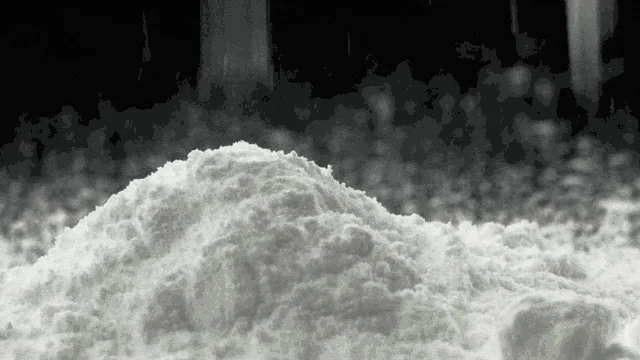Calcium stearate is a versatile additive widely used in the polymer and plastic industry for various purposes. It is a calcium salt of stearic acid and has the chemical formula Ca(C₁₇H₃₅COO)₂. Here's a breakdown of its key aspects:
1. Chemical Formula:
Calcium Stearate: Ca(C₁₇H₃₅COO)₂
It is a white, waxy powder and is considered one of the most important metal stearates used in industrial applications.
2. Applications in Polymers:
Calcium stearate plays a crucial role in the processing of plastics and polymers due to its various properties. Some of its common applications include:
Lubricant: It reduces friction during polymer processing (e.g., extrusion and molding). By acting as an internal or external lubricant, it ensures smoother operation and prevents the polymer from sticking to the equipment.
Stabilizer: In PVC (polyvinyl chloride) and other polymers, calcium stearate functions as a heat stabilizer. It helps in preventing degradation and discoloration of the polymer when exposed to high processing temperatures.
Release Agent: It acts as a mold release agent, preventing the polymer from sticking to molds or processing equipment.
Anti-caking Agent: In polymer powders and granules, it reduces clumping and improves free-flowing characteristics.
Anti-static Agent: It can help reduce static electricity in some polymer applications, which is beneficial in certain plastic formulations.
Filler and Additive Carrier: Calcium stearate can be used as a carrier for pigments, fillers, and other additives, ensuring uniform distribution within the polymer matrix.
3. Grades of Calcium Stearate:
The grades of calcium stearate may vary based on purity and particle size, depending on the end application. Common grades include:
Technical Grade: Used in most industrial applications, including polymer processing.
Food Grade: In food-contact polymers, calcium stearate must meet food safety regulations (e.g., FDA approval) as it may come into contact with consumable products.
Pharmaceutical Grade: In polymers used in medical devices or packaging, this high-purity grade is essential for ensuring biocompatibility.
4. Advantages:
Non-toxic: Calcium stearate is considered safe and non-toxic, making it suitable for a wide range of industries, including food packaging and medical devices.
Cost-effective: It is a relatively inexpensive additive compared to other stabilizers and lubricants.
Improves Processing: By enhancing the flow of the material and reducing friction, calcium stearate helps increase production efficiency.
5. Disadvantages:
Limited Thermal Stability: While it helps with heat stabilization, its thermal stability is not as high as some other metal stabilizers like tin-based compounds.
Hydrophobic Nature: Its hydrophobic characteristics may not be ideal in certain moisture-sensitive applications.
6. Usage in Combination with Other Additives:
Calcium stearate is often used in combination with other stabilizers, such as zinc stearate or organic stabilizers, to optimize the thermal stability and processing performance of polymers, especially in PVC.
7. Industries that Use Calcium Stearate in Polymers:
Plastics: Polyethylene (PE), polypropylene (PP), polyvinyl chloride (PVC), and polystyrene (PS) industries.
Rubber: As a processing aid in the rubber industry.
Construction Materials: In coatings, adhesives, and sealants.
Pharmaceuticals: In polymeric formulations for drug delivery systems.
Overall, calcium stearate is a key additive in the polymer industry due to its multifunctional role in processing, stability, and final product quality






